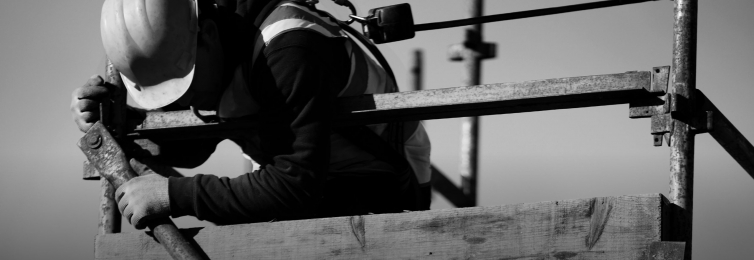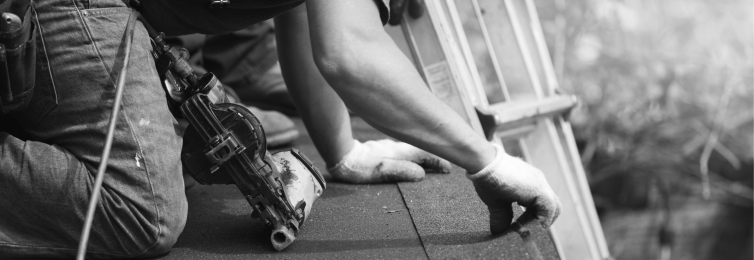Falls are the top cause of injuries on the job-site. For this reason, fall protection—in all forms—is imperative on each project. Scaffolding is used by almost every crew, from masons to finishers, so these structures must be constructed correctly to be effective. Here, risk management expert John O’Grady, CSP, MBA, shares scaffolding safety tips and points out common errors he’s seen in the field that put workers at risk.
Proper support requires proper construction.
Scaffolding systems are designated as “light,” “medium,” or “heavy-duty.” The structure is based on providing the correct support for the weight of intended use—worker weight plus material and tool weight. Often, crews put up general scaffolding without understanding load intentions, which are spelled out in the OSHA standards for scaffolds.
When a job-site uses rented scaffolding systems, the rental companies should provide the proper system based on the intended use and weights given to them. So, it’s important to provide accurate information—know your numbers!
Always inspect and tag.
All components of a scaffolding are interrelated—it’s a system. If one component fails, the whole system can fail. Every job-site needs a competent person who is familiar with the system and knows how to erect, dismantle, and inspect the scaffolding. This person must have the training necessary to identify and rectify identifiable hazards. Inspection is required before the first use, at least every week, and every time weather conditions may affect structural integrity. Even with a competent person onsite, every worker should understand scaffolding safety.
To make it perfectly clear whether scaffolding is safe, job-sites should always use safety tags, which the designated competent person places on the system at each access point. For example, if there are two ladders, there should be two tags. And the scaffolding must be tagged daily with the applicable tags: green (safe), yellow (potentially hazardous), or red (do not use).
Tagging for one crew’s use, however, doesn’t mean it’s safe for another crew. This is a frequent error made on job-sites. Multiple-trade use requires multiple inspections. If the scaffolding is erected and inspected for brick masons, but then the painters want to use it, there needs to be another inspection by the painting crew’s competent person.
Scaffolding do’s and don’ts
Based on some of the most common scaffolding safety issues and oversights seen on the job-site, the following are additional key points to heed:
- Don’t be tempted to get creative and build your own scaffolding. Crews sometimes throw together planks and 2x4s, believing their construction is substantial enough. Scaffolding is a meticulous system. OSHA has about 19 types of systems listed in their requirements, and one of these must be used.
- Know how to correctly calculate the intended load. The scaffolding must be able to handle the weight of the people, plus the weight of materials, plus the weight of tools.
- When scaffolding is built onsite, be sure every component is in place. For example, the frame support has locking pins, and these pins can easily be forgotten.
- Prepare the ground. The scaffolding foundation must be level and stable. If the ground is muddy, it may need stone or crusher run. And the base must be rechecked after rain or snow to be sure it hasn’t lost stability.
- Don’t overlook securing base plates to the mud sill. This is a simple nail-in, but the step is often skipped.
- Tie in the scaffolding to the building when the width-to-height ratio is 4 to 1—Builders Mutual recommends being even more prudent for certain safety. Tie-in is too often disregarded, especially when the scaffolding will only be up for a day or two.
- Watch out for common defects. Planking and decking are big culprits. Gaps can’t be more than 1 inch to be OSHA-approved, and proper overhang is key to safety.
- People getting hit from things falling off the scaffolding is a huge injury risk on the job-site. The area around the scaffolding should always be barricaded, so people don’t go underneath. And don’t forget about the toe boards. Moreover, add netting when possible to help stop items from falling from the scaffolding.
It’s wise for every worker on the job-site to be trained in scaffolding safety. Check out our toolbox talk and toolbox talk video on this important subject. We’ve also recently put together a one-page PDF on scaffolding safety that includes a checklist, tagging information, and other valuable information.




 Find an
Find an